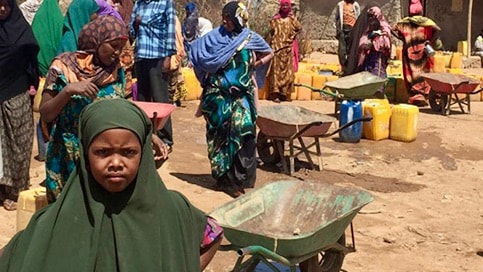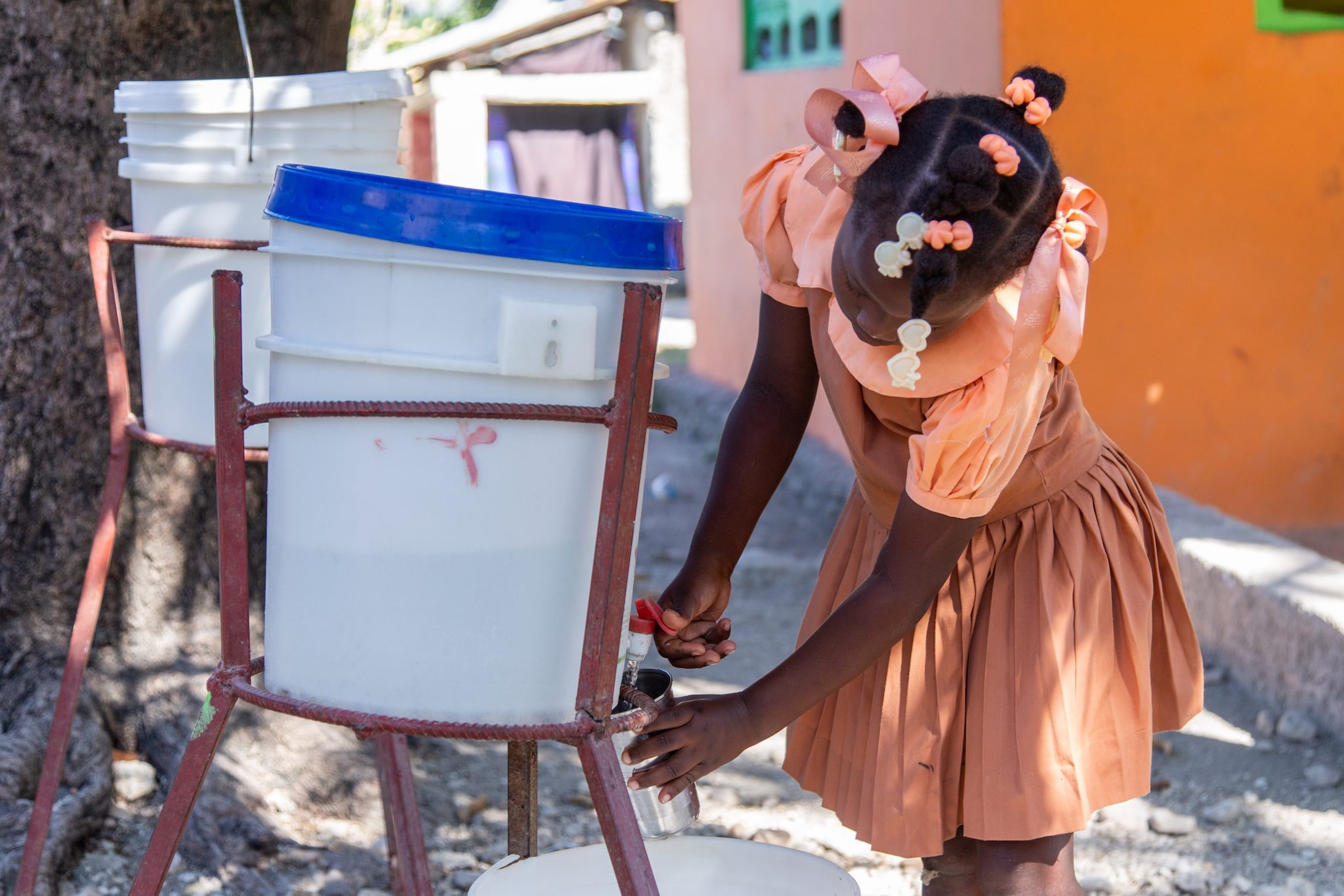What to know
Cholera is preventable and treatable. However, the disease kills tens of thousands of people around the world every year. People living in places without safe water, sanitation, and hygiene are at highest risk of cholera.

Cholera in Africa
Cholera remains a significant cause of illness and death in many African countries, including Zambia, Zimbabwe, Malawi, Kenya, and Mozambique. The proportion of people who die from reported cholera remains higher in Africa than other continents. The death toll reflects the lack of access to basic healthcare since most cases of cholera can be treated with simple rehydration therapy.
Cholera in Haiti

The first outbreak of cholera confirmed in Haiti occurred in 2010 following the earthquake that killed more than 200,000 people and displaced another one million. Over the years, CDC has worked closely with the Haitian Ministry of Public Health and Population and other partners to prevent and control cholera.
After more than three years with no cases, the government reported a cholera outbreak in October 2022. Improving Haiti's water and sanitation systems, strengthening the tracking of cholera cases, and targeting use of oral cholera vaccines are key to controlling the spread of cholera in Haiti.
Cholera in Southeast Asia
The Southeast Asia region, which includes Bangladesh and India, has the largest populations at risk for cholera. Many countries in Southeast Asia face challenges that can contribute to cholera outbreaks, including poverty and crowded living areas. The region also is susceptible to extreme environmental factors like frequent widespread flooding that can contaminate water sources and dislocate people.
